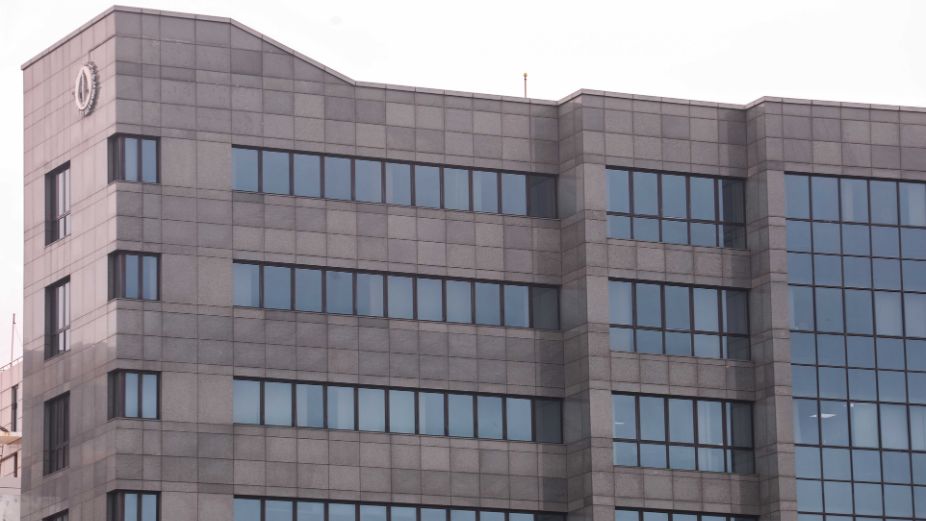
The Maldives Monetary Authority’s (MMA) latest balance sheet for September 2025 shows a modest increase in the country’s foreign currency assets, offset by a corresponding rise in liabilities, resulting in limited improvement in the central bank’s overall net position.
Total assets rose to MVR 31 billion at the end of September from MVR 30.3 billion in August. The month’s growth came mainly from foreign currency financial assets, which climbed by around MVR 753 million to reach MVR 15.4 billion. However, foreign currency liabilities also increased by about MVR 677 million, leaving only a narrow net gain. This means that while the MMA’s headline foreign asset figure improved, most of it was matched by new or higher obligations.
The data points to a mixed picture. On one hand, the increase in foreign currency assets reflects larger deposits and securities held abroad, a key component of the country’s financial reserves. On the other hand, the rise in liabilities, particularly balances held by commercial banks and government institutions in foreign currency, indicates higher obligations within the system that may limit the practical impact of the asset growth.
A notable shift in September was the reduction in the amount payable to the Asian Clearing Union, suggesting the Maldives settled part of its regional trade obligations during the month. This eased some of the short-term foreign payment commitments faced by the central bank.
Local currency financial assets stood at MVR 14.78 billion, little changed from August. This stability reflects minimal change in the MMA’s domestic operations, including its holdings of government bonds and investments in local banks. Local currency liabilities also remained steady at MVR 16.4 billion, with only small fluctuations in currency circulation and bank reserves.
Equity rose slightly from MVR 1.51 billion to MVR 1.53 billion, reflecting incremental adjustments to reserves and retained earnings. While this change is minor, it indicates consistent accumulation of retained value over the period.
Overall, the balance sheet shows that September’s movement was largely administrative rather than structural, a month of limited improvement in headline assets balanced by increased obligations. The data suggests that while the MMA continues to manage its foreign and local currency positions prudently, the underlying financial picture remains constrained by parallel rises in both assets and liabilities.













